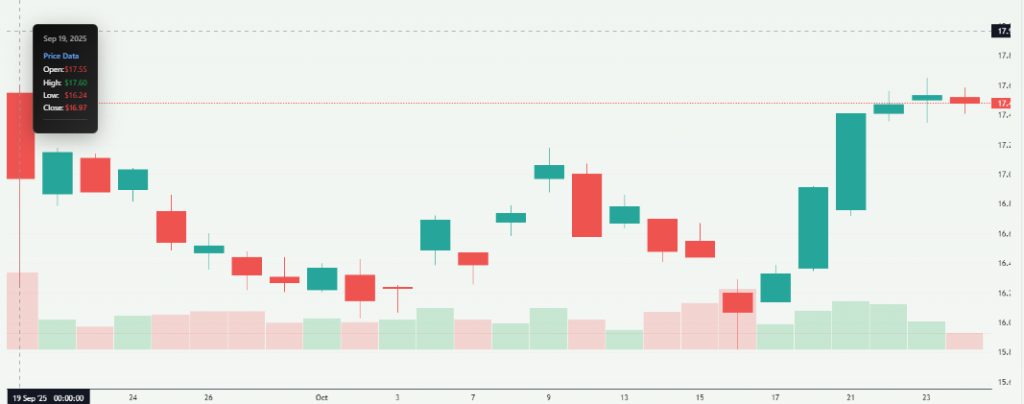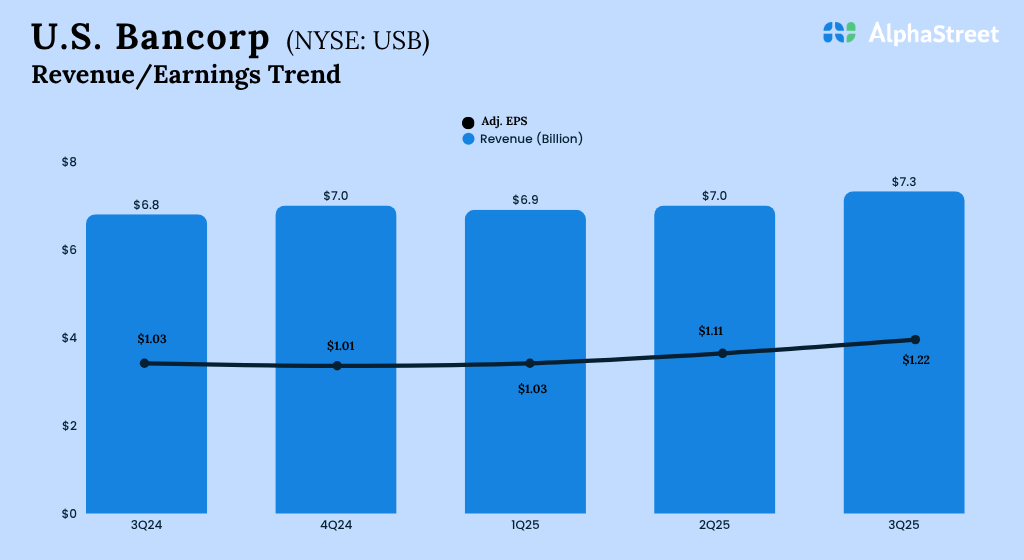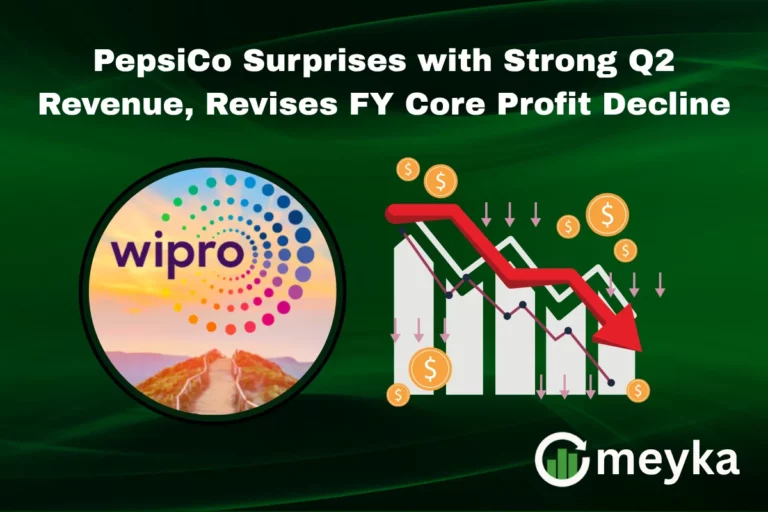Infosys Dividend: Share Price Falls 2% on Record Date for ₹23 Payout
On October 27, 2025, Infosys Limited declared an interim dividend of ₹23 per share, its highest in recent years. Despite this strong payout, the company’s stock fell by nearly 2% on the record date. For shareholders and new investors alike, this event is more than a headline; it reflects how market mechanics, investor expectations, and timing all play a part. Buying the stock on or before October 24 was required to receive the dividend.
Let’s explore why the share price dipped, what the dividend means for investors, and how you can interpret such corporate actions in your own portfolio.
Infosys Dividend Announcement and Payout Details
Infosys declared an interim dividend of ₹23 per share in its October filings. The board fixed October 27, 2025, as the record date. The company set November 7, 2025, as the payout date. The dividend was announced along with the Q2 results in a regulatory filing dated October 16, 2025. This payout is part of the company’s mix of cash returns, which also includes a large buyback plan announced earlier.
How did the Record Date & Ex-dividend Mechanics Work this Week?
The record date determines who gets the cash. Under India’s T+1 settlement, buyers had to purchase shares on or before October 24, 2025, to be eligible. On the day the stock trades ex-dividend, its price typically adjusts downward. This is standard. It reflects the fact that new buyers do not receive the upcoming cash. Many retail and institutional traders plan trades around these dates.
Price Movement on the Record Date: What happened?

On October 27, 2025, Infosys shares fell about 2% as the stock turned ex-dividend. The decline matched market expectations for a price adjustment linked to the ₹23 payout. Still, intraday moves also showed profit-taking and sector rotation. Some market participants used the dividend event to rebalance portfolios. Overall volumes were mixed versus recent averages. Live market feeds reported the dip, and live commentary explained the timing link to the dividend.
Why does a stock fall even after Good News?
A dividend is cash leaving the company and moving to holders. On paper, this reduces the firm’s net assets by the payout amount. That makes an ex-dividend price correction logical. Beyond mechanics, investors also factor in future earnings, guidance, and macro risks. Infosys had posted strong quarterly numbers. Yet markets sometimes focus on forward guidance, or on valuation. This can trigger short-term selling even after positive reports.
Recent Financials that Matter

In Q2 FY26, Infosys reported year-on-year growth in net profit and revenue. Net profit rose about 13% year-on-year, while revenue increased close to 9% in reported figures. The growth came from digital services, cloud migrations, and large deal wins. The management highlighted strength in cloud and automation services during the earnings call. Even so, some analysts noted that margin pressures and cautious guidance weighed on sentiment.
Dividend Policy and Shareholder Returns
Infosys has a long record of returning capital. The company combines dividends with periodic buybacks. The current ₹23 interim dividend follows that pattern. Earlier this year, the board approved an ₹18,000 crore tender buyback. Such actions signal the board’s comfort with cash flows and balance-sheet strength. For many investors, stable dividends and buybacks reflect strong free cash generation. But investors must still weigh capital returns against the need to invest in future capabilities like AI, cloud products, and IP-led growth.
What Analysts are Saying?
Analysts are split between near-term caution and long-term optimism. Some argue that the stock is fairly valued given current earnings growth and sector headwinds. Others see scope for recovery if Infosys accelerates contract wins in high-growth areas.
A subset of analysts used an AI tool to model scenario-based earnings and cash-return outcomes, which showed sensitivity to margin and attrition assumptions. Overall, the consensus view is that the company remains fundamentally strong but faces near-term valuation pressure.
Risks to Watch
Currency moves, client budget slowdowns, and competitive pricing remain key risks. Large deals can mask slippage in smaller accounts. Attrition and wage inflation can tighten margins. Global macro uncertainty can affect discretionary tech spending.
Also, buybacks and dividends are finite; they depend on cash flows and board decisions. If growth needs larger capital reallocation toward acquisitions or product development, capital-return policies can change. Keep these factors in view when judging the dividend’s significance.
What Investors might consider doing?
Long-term investors focused on steady cash returns may see the dividend as confirmation of stable cash flows. Short-term traders might view the ex-dividend dip as a buying window or a chance to take profits. Dollar-cost averaging can reduce timing risk.
Check tax implications of dividends in your jurisdiction. Review the company’s guidance, order book, and cash flow statements before altering allocations. Do not base a buy or sell decision solely on a one-off dividend event.
Final Words
The ₹23 interim dividend announced in mid-October and paid in early November is a clear example of corporate capital return. The market’s 2% reaction on October 27, 2025, combined routine ex-dividend adjustment, with real investor choices. Infosys still shows healthy revenue and profit growth.
Yet the stock’s short-term moves reflect valuation scrutiny and sector dynamics. For shareholders, the dividend is welcome. For prospective investors, the right move depends on time horizon, risk tolerance, and how one weighs capital returns against growth investments.
Frequently Asked Questions (FAQs)
Infosys set October 27, 2025, as the record date for the ₹23 dividend. Investors who bought shares before this date will receive the payout.
The share price fell almost 2% on October 27, 2025, because the stock turned ex-dividend. Prices often drop after dividends since new buyers will not get the payout.
Shareholders listed on the company records on October 27, 2025, will get the ₹23 dividend. Buyers had to purchase shares on or before October 24 to qualify.
Disclaimer: The content shared by Meyka AI PTY LTD is solely for research and informational purposes. Meyka is not a financial advisory service, and the information provided should not be considered investment or trading advice.






